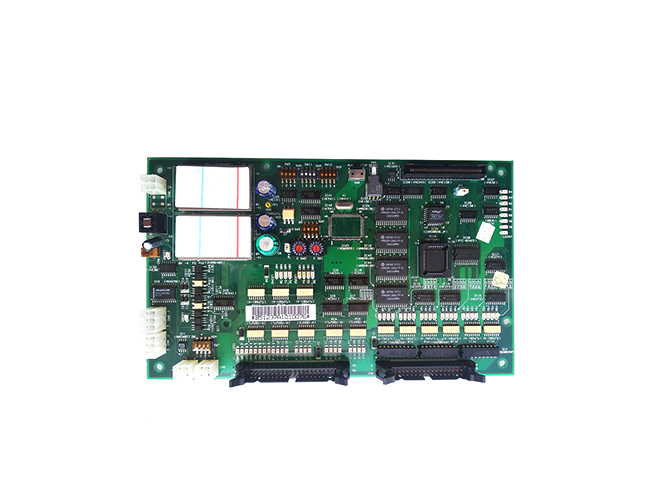-
CN
-
Service Hotline
+8618129931046 Mr. Liao


Time:2025-06-27 Views:1

Mechanical machining of multilayer printed circuit boards (PCBs) involves processes such as drilling, milling, and routing, and achieving high precision in these operations is essential for ensuring the functionality and reliability of the final PCB product.
Drilling is one of the most critical mechanical machining processes for multilayer PCBs. Precision in drilling is crucial for creating holes for vias, component mounting, and inter - layer connections. The diameter of the holes needs to be controlled within very tight tolerances. For example, in micro - via drilling for high - density interconnect (HDI) PCBs, the hole diameter may be as small as 50 - 100 micrometers, and the tolerance can be ±5 micrometers. Any deviation from the specified diameter can affect the electrical performance of the PCB, such as increasing the contact resistance of the vias or causing short - circuits. Additionally, the position accuracy of the holes is equally important. The holes must be placed accurately to ensure proper alignment with the traces on different layers and the pads of the components to be mounted. Advanced drilling machines with high - precision positioning systems, such as those with a positioning accuracy of ±25 micrometers, are used to meet these strict requirements.
Milling and routing are used to shape the outer contour of the multilayer PCB and to create slots or cutouts for components. The precision of these processes affects the mechanical fit of the PCB in the enclosure and the proper placement of components. The dimensional accuracy of the milled or routed edges should be within a specified tolerance range. For example, the tolerance for the overall dimensions of a standard - sized PCB may be ±0.1 mm. Moreover, the surface finish of the milled or routed edges is also important. A smooth surface finish is required to prevent burrs and sharp edges, which can cause damage to the components during assembly or pose a safety hazard. Specialized milling and routing tools with fine - tipped cutters and precise control systems are used to achieve the desired precision and surface quality.
In addition to dimensional accuracy, the flatness and parallelism of the multilayer PCB are also important precision requirements. A flat PCB ensures proper contact between the components and the board during assembly, reducing the risk of poor electrical connections. The flatness tolerance of a multilayer PCB may be specified as a maximum deviation from a flat plane, such as ±0.05 mm per 100 mm of board length. Parallelism is crucial for ensuring consistent performance in multi - board assemblies, where multiple PCBs need to be stacked or connected. The parallelism between different layers of a multilayer PCB should be maintained within tight limits to ensure the proper alignment of the inter - layer connections. Overall, meeting the precision requirements for mechanical machining of multilayer boards is essential for producing high - quality PCBs that can function reliably in various electronic applications.